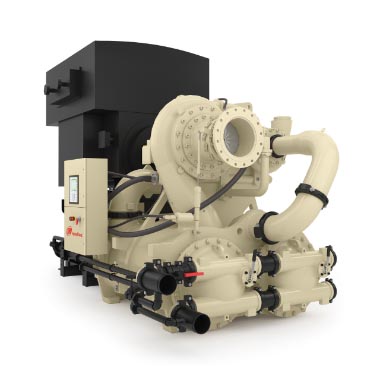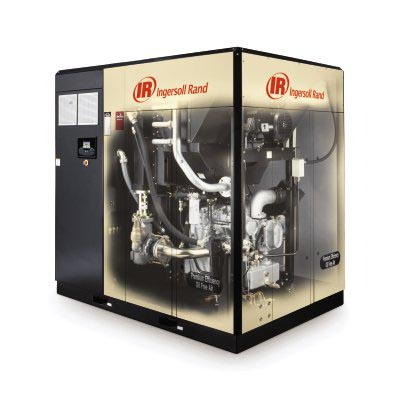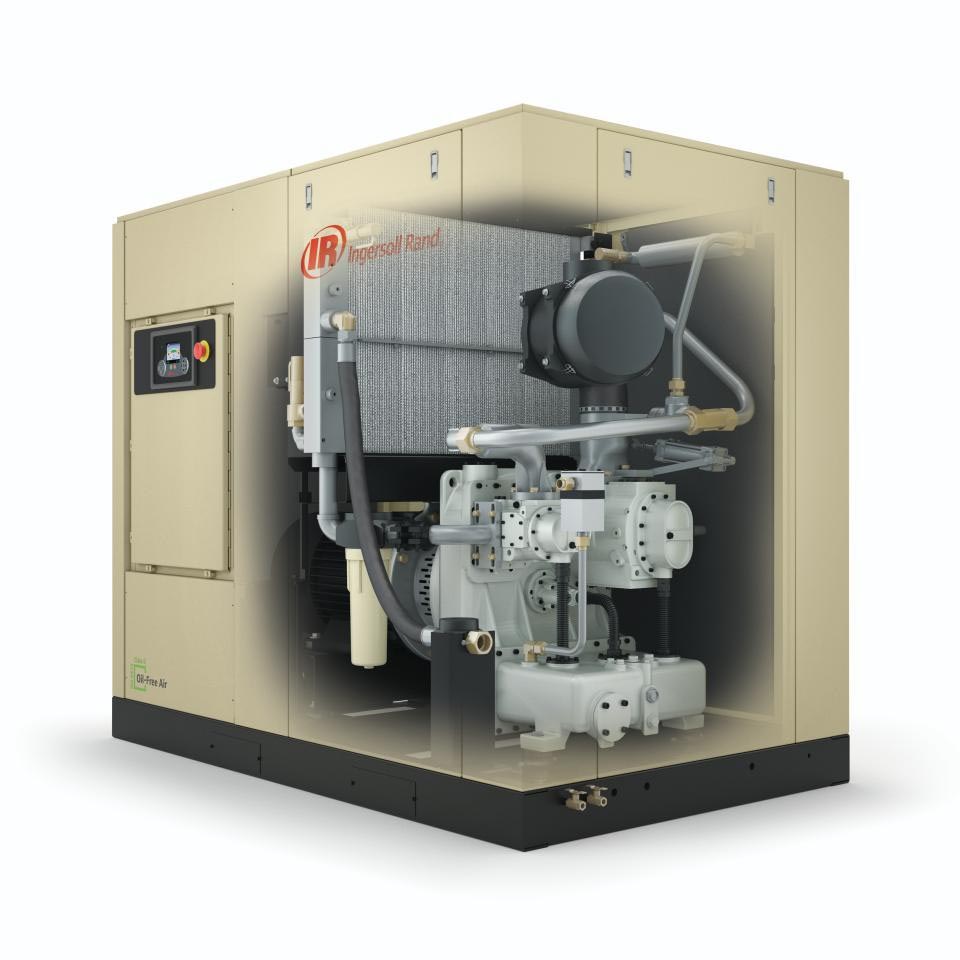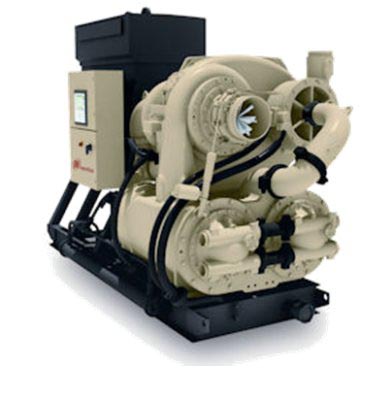Founded in 1905, for over 115 years, Ingersoll Rand has provided a wide range of technologically advanced, highly reliable and low maintenance air compressors. The company has deep knowledge of the needs of industry and the demands placed on productivity, making it leaders in the field. The history of Ingersoll Rand traces back to original patents for rock drills, which were powered by steam and soon afterward by compressed air.

Compressed Air in Textile Industry
Compressed air is a key utility in the textile industry, both the segments of natural & man-made textiles. Compressed air is more or less required at every stage of manufacturing; a particularly large volume of air is required for integrated cotton textile industries having airjet looms & as well in the polyester yarn industries. Compressed air is a very critical requirement in the polyester filament yarn valued added segment such as texturing.
Compressed air is one of the most expensive utilities, but more often than not, this fact is not understood. Unlike the other utilities, many users find it difficult to measure their cost per m³/min. Primarily, it should be understood that compressed air consumes 3 – 4 times more power as compared to electrical energy (say for e.g. a pneumatic tool of 1kW would consume compressed air equivalent to 3 times more power than a 1kW electric tool). However, compressed air being highly versatile in nature, it makes many industrial operations more effective in terms of high productivity and safety and hence, cannot be replaced.

Most textile companies rely on compressed air in their production, and improving the usage of compressed air will have significant economic benefits to the textile industry. Several air audits conducted by Ingersoll Rand have concluded that eliminating leakage and reducing the operating pressure are two of the most cost-effective steps in energy conservation. By proper selection and effective management of a compressed air system, which includes compressors, air treatment and filtration devices, a distribution network, and end usage, different processes like spinning, weaving, and processing hold great potential for cost savings in the textile industry without any broad impact on the productivity and product quality of the plant.
Choice of compressed air for different applications
Air requirement in the textile industry can be segregated under ♦ Low ♦ Medium ♦ Large – volume consumers. Typically power looms, process house & ginning mills required low air between 30-500 cfm. Denim spinning, medium PFY industries require medium air between 500-1,500 cfm. Large polyester yarn integrated plants, texturing units & integrated cotton textiles may require anywhere between 2,000-40,000 cfm.

Ingersoll Rand’s range of air compressors for oil free market applications has a reputation for being a highly reliable and efficient supplier of oil free air. The time-proven 2-stage compression module of the company’s rotary screw compressors features precision-machined rotors and gearing, advanced UltraCoat rotor protection, anti-friction bearings, stainless steel air seals and a unique labyrinth oil seal design – all ensuring years of reliability, trouble-free operation.
Air quality is one of the major concerns & high quality air requirement is essential in integrated textile units. The annual operating cost of compressed air in medium to large textile industries may normally range anywhere between Rs. 30 Lacs to 500 Lacs.
The possible saving opportunities in the textile industries are:
1. Migration to new technology air compressors in old installations / plants, for example considering 2-stage rotary or 3-stage centrifugal compressors instead of existing old reciprocating or single-stage screw compressors
2. Proper evaluation on the performance of air treatment requirement such as dryers, filters installed near points-of-use
3. Properly evaluating pressure requirement of different processes and, if required, segregation of low & high-pressure consumers
4. System pressure optimization for unregulated consumers
5. Evaluating usage of waste heat from compressors (use of waste heat recovery systems for use in boiler make-up or hot water application)
6. Re-assess compressed air distribution & storage to minimize the pressure drops
7. Optimization of air consumption & pressure for cleaning air application (this is one of the largest wastage in most of the textile companies)
8. Implementation of effective controls on the operation of the compressors for better optimization & sequencing
9. Effective leakage management program & designated expertise to execute this
Besides Compressors, Ingersoll Rand offers the widest range and technologies for Air Treatment and Filtration solutions. The selection of the right air treatment product helps you in extending the useful life of production equipment, providing consistent product quality, meeting ISO standards and legal requirements, lowering service costs, maximizing energy savings and ultimately customer satisfaction. Performance services deliver a unique combination for overall optimized efficiency, reliability and operations.

Six steps to optimize your Air System:
Demand Side
- Establish your correct air needs for the points-of-use (Flow & Pressure)
Distribution Side
- Establish the leakages in your system
- Analyze the System Capacitance
- Track the pressure profiles across the plant to match the supply & demand side, and minimize the pressure drops on the supply side
- Evaluate the health of the compressors and the supporting systems
- Optimize the controls to match the system dynamics
Hence, the design and selection of the right compressor assumes great significance while setting up your air system. It is very important to understand a simple fact that “Air is free but compressed air is not!”